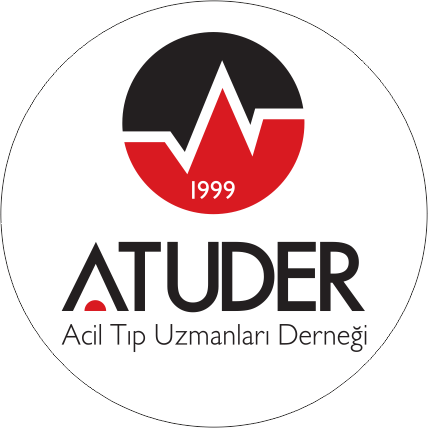ABSTRACT
Objective:
In this study, we have examined the ambulance working order in the 3 years period between the years 2006-2008 in Gaziantep city.
Materials and Methods:
In this study, the number of personel working in 112 ambulances, daily number of emergency exit patients, period of time of arrival of patients and arrival at the nearest medical institution, transfer of patients according to their illness, range of cases according to sex and age, population per station and automatisation between 112 emergency command centers and hospitals have been examined.
Results:
According to gender, the number ofmale cases were found to be more than female cases. Female case number above 65 years old has been found greater than the male cases. The highest case number has been found in the 6-25 years old group for males and above 65 years old for females. It was determined that the case number is increasing every year. The reason for calls was determined as 54.6% medical cases and 16.3% traffi c cases. According to pre-diagnosis, it was determined that trauma cases decreased and the cases concerning cardiovascular system increased gradually. It was seen that a great majority of the cases were reached within the fi rst 20 minutes. It was seen that ambulance emergency exits comprised 62.5% hospital transfer, 13.5% timely intervention and 9.5% transfer inter-hospitals. It has been determined that ambulance exit numbers were increasing every passing year.
Conclusion:
With this study it is concluded that planning should be done to prevent delay in reaching emergency cases due to the increase in ambulance usage and also it was determined that the communication between command centers and inter-hospitals should be at the maximum level in order to minimize the delay period during transfer to hospitals, and frequent updates of used and empty bed lists of hospitals should be made.



